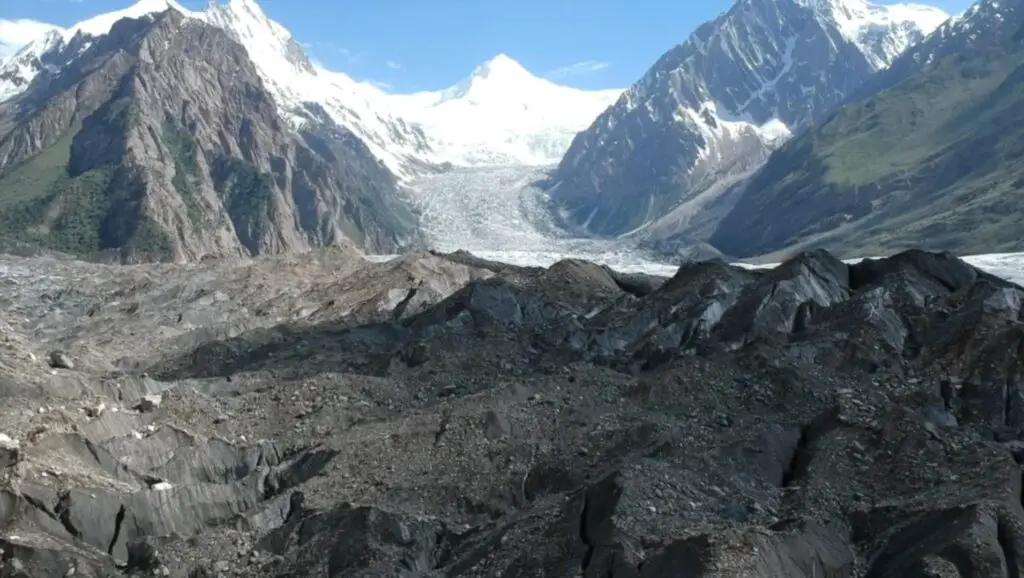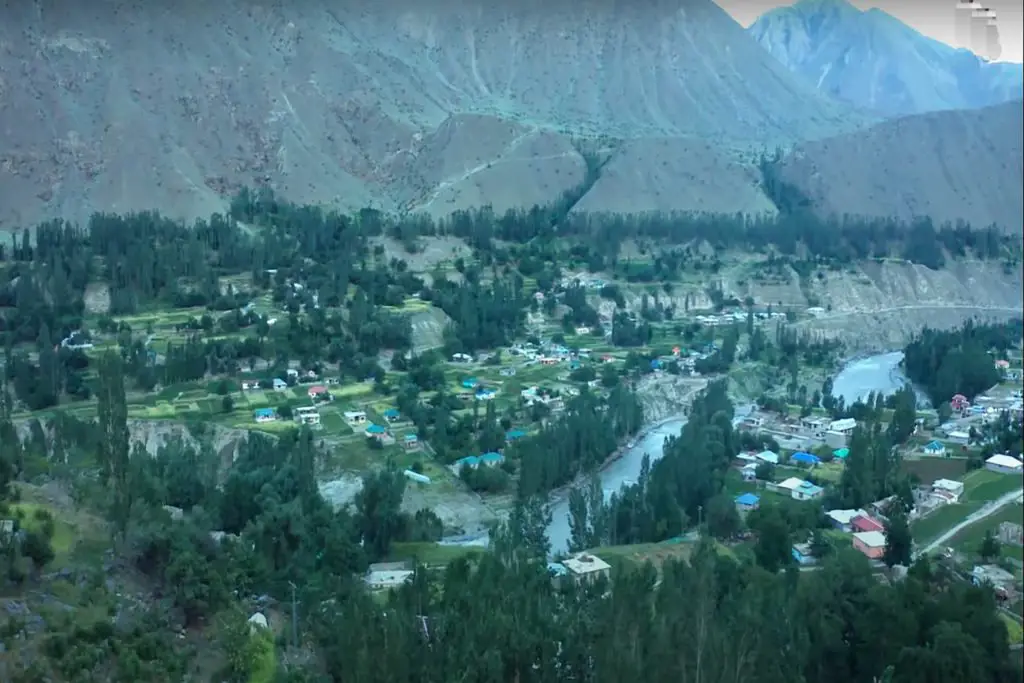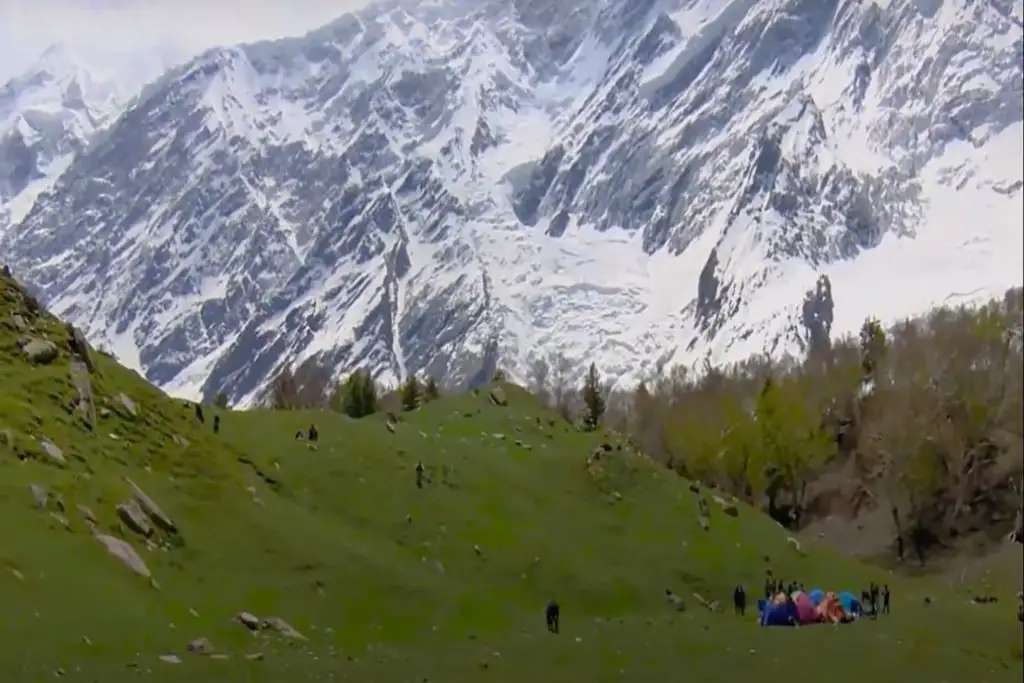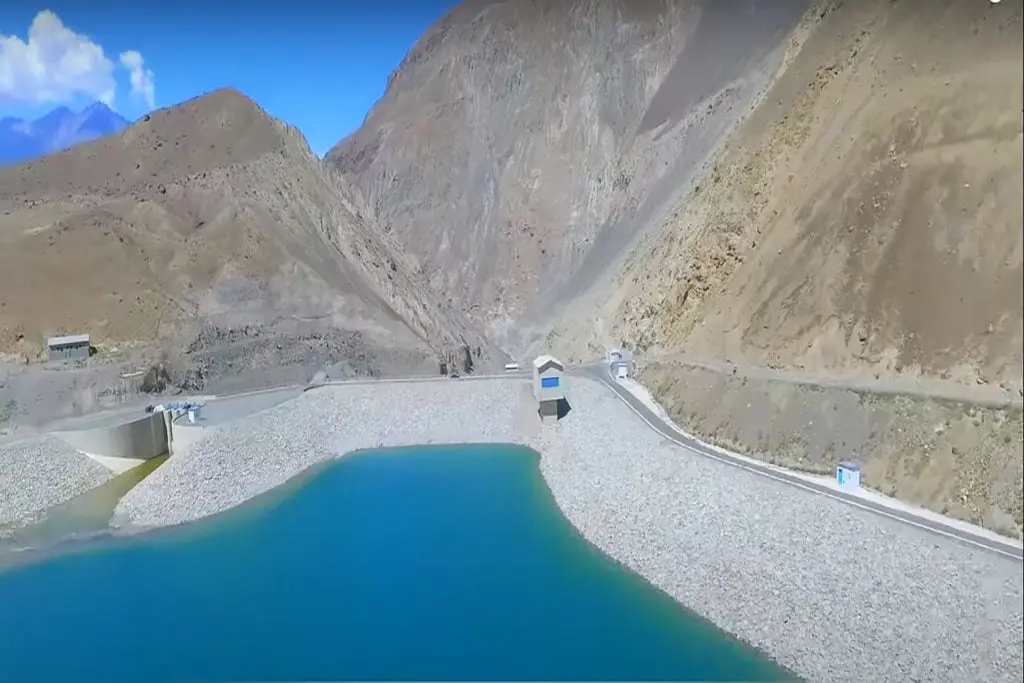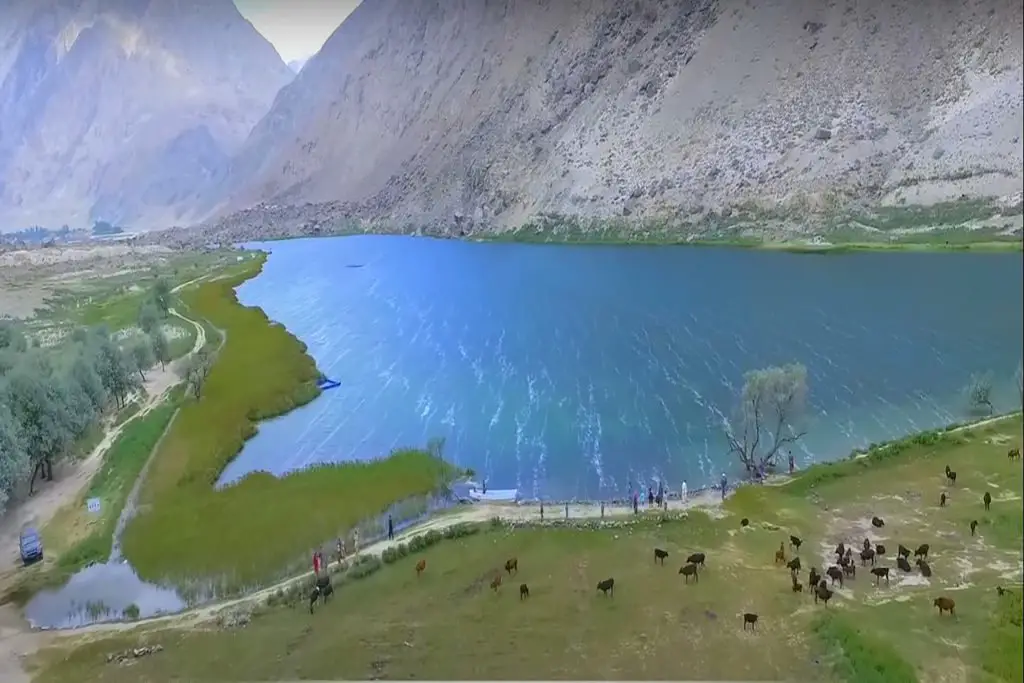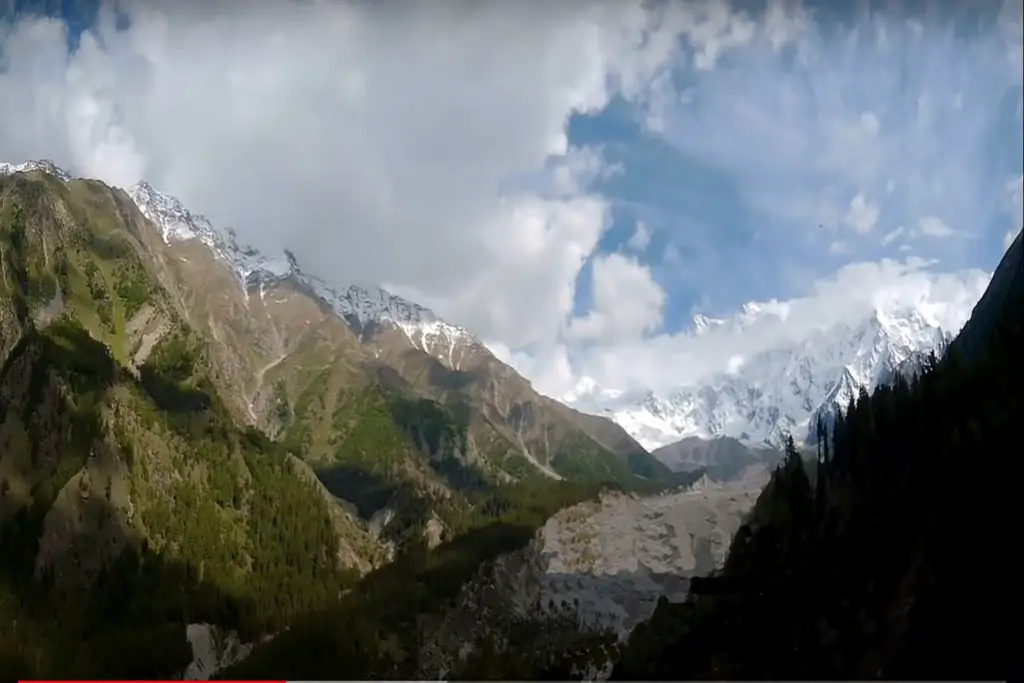Chiantar Glacier is a stunning glacier located in the Karakoram mountain range of Gilgit-Baltistan, Pakistan. It is situated at an altitude of approximately 14,000 feet above sea level and is one of the largest and longest glaciers in the region, stretching over 20 kilometers.
The glacier is known for its stunning natural beauty, unique geological features, and challenging terrain. It is a popular destination for adventure enthusiasts, especially trekkers and mountaineers, who visit the region to explore its natural beauty and test their skills.
Trek to Chiantar Glacier
The trek to Chiantar Glacier starts from the village of Shimshal in the Hunza Valley and takes approximately 7-8 days to complete. The trek passes through some of the most stunning landscapes, including lush green meadows, crystal-clear streams, and snow-capped peaks.
The route to the glacier passes through some of the most stunning landscapes in the region, including lush green valleys, crystal-clear streams, and snow-capped peaks. The trek also passes through several small villages, including Shimshal and Passu, which are known for their unique culture and traditions.
The glacier is also home to several small villages, including Khizarabad and Nasirabad, which are predominantly inhabited by Wakhi people. The Wakhi people are known for their unique culture and traditions, including their traditional music, dance, and handicrafts.
The glacier is also a geological wonder, as it is home to several unique features, including moraines, icefalls, and crevasses. These features are a result of the movement of the glacier over thousands of years and offer a glimpse into the geological history of the region.
Length of Chiantar Glacier
The total length of the Chiantar Glacier is approximately 36 kilometers (22.4 miles).
Attractions in Chiantar Glacier
The glacier is also home to several high-altitude lakes, including Ghulkin Glacier Lake and Passu Glacier Lake, which are known for their crystal-clear water and stunning natural beauty. Visitors can trek to these lakes and enjoy a picnic or camping trip while enjoying the serene surroundings.
One of the unique features of the Chiantar Glacier is the presence of several glacial lakes, including the Shimshal Lake and the Zardgarben Lake. These lakes are fed by the glacier’s meltwater and are known for their crystal-clear water and stunning natural beauty.
Wildlife at Chiantar Glacier
In addition to its natural beauty and geological significance, Chiantar Glacier is also a wildlife sanctuary, home to several rare and endangered species, including the snow leopard, ibex, and brown bear. Visitors can witness these animals in their natural habitat and learn about the conservation efforts being undertaken to protect them.
The Chiantar Glacier is also home to several small glaciers, including the Passu Glacier and the Batura Glacier, which are some of the longest glaciers in the region. Visitors can witness the stunning ice formations and crevasses and enjoy the serene surroundings.
Apart from its natural beauty, the Chiantar Glacier is also a significant source of freshwater for the surrounding villages and towns. The glacier’s meltwater feeds several rivers, including the Hunza River, which is a vital source of irrigation and hydroelectric power for the region.
The glacier is also home to several small villages, including Khizarabad and Nasirabad, which are predominantly inhabited by Wakhi people. The Wakhi people are known for their unique culture and traditions, including their traditional music, dance, and handicrafts.
In conclusion, the Chiantar Glacier is a unique and beautiful destination that offers visitors an opportunity to experience the natural beauty, cultural heritage, and geological wonders of the region.
It is a must-visit destination for anyone seeking an off-the-beaten-path adventure and an escape from the hustle and bustle of city life. The trek to the glacier is challenging and requires a high level of fitness and mountaineering skills, but the stunning natural beauty and unique experiences make it all worth it.

